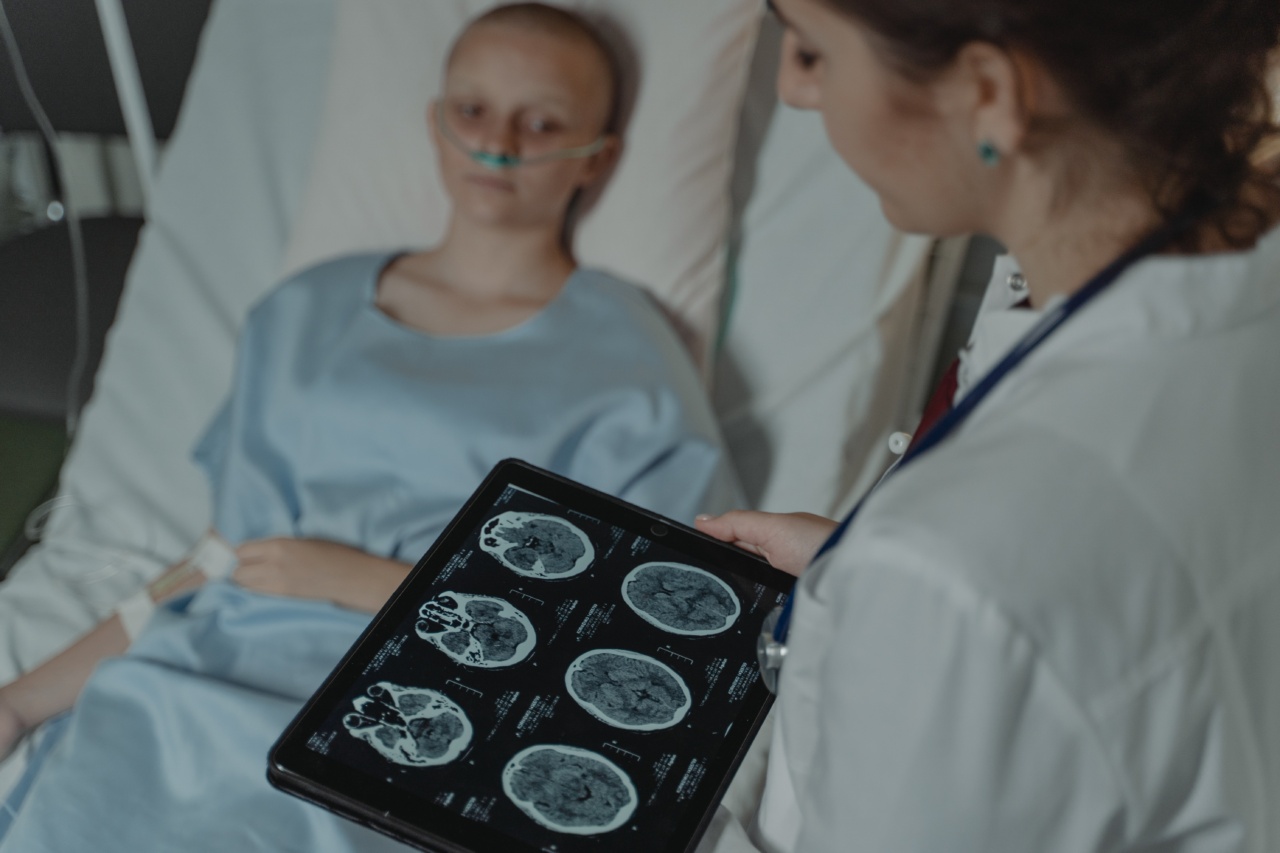Depression is a common mental health disorder that affects millions of people worldwide.
It can cause a range of symptoms, including persistent sadness, loss of interest in activities, changes in appetite and sleep, and feelings of worthlessness and hopelessness. While depression is often thought of as a purely psychological condition, research has shown that it can also have a significant impact on the brain and its functioning.
Brain Activity and Depression: The Basics
The brain is a highly complex organ that controls most of our body’s functions and behaviors. It is made up of billions of nerve cells, called neurons, which communicate with each other through chemical and electrical signals.
These neurons are responsible for generating thoughts, emotions, and behaviors, as well as regulating bodily functions such as respiration, digestion, and movement.
When someone experiences depression, their brain activity is altered in several ways. This can lead to changes in mood, thought patterns, and behavior. Some of the key ways in which depression affects brain activity include:.
1. Decreased activity in the prefrontal cortex
The prefrontal cortex is the part of the brain that is responsible for executive functions such as decision-making, planning, and working memory.
Studies have shown that people with depression often have lower levels of activity in this region compared to those who do not have depression. This may explain why people with depression often have difficulty making decisions or focusing on tasks.
2. Increased activity in the amygdala
The amygdala is the part of the brain that is responsible for processing emotions, particularly fear and anxiety.
Research has shown that people with depression often have increased activity in this region, which can lead to heightened feelings of anxiety and mood instability.
3. Changes in neurotransmitter levels
Neurotransmitters are chemical messengers that allow neurons to communicate with each other. In people with depression, there are often imbalances in neurotransmitter levels, particularly with serotonin, dopamine, and norepinephrine.
These imbalances can lead to changes in mood, appetite, and sleep patterns.
4. Decreased neuroplasticity
Neuroplasticity refers to the brain’s ability to change and adapt in response to new experiences or learning.
In people with depression, there is often a decrease in neuroplasticity, which can make it more difficult to recover from depressive episodes or to learn new coping strategies.
5. Changes in gene expression
Depression can also lead to changes in gene expression, particularly in genes that are involved with stress and inflammation. These changes can lead to an increased risk of developing other health problems, such as cardiovascular disease or diabetes.
The Impact of Treatment on Brain Activity
While depression can have a significant impact on brain activity, the good news is that treatment can help to reverse some of these changes.
Antidepressant medications, for example, can help to restore neurotransmitter imbalances and promote neuroplasticity. Therapy, such as cognitive behavioral therapy (CBT), can help to improve executive functioning and mood stability.
Research has also shown that other treatments, such as electroconvulsive therapy (ECT) or transcranial magnetic stimulation (TMS), can have a direct impact on brain activity and help to alleviate symptoms of depression.
ECT, in particular, can lead to increased neuroplasticity and changes in neurotransmitter levels, which can help to reduce depressive symptoms.
Conclusion
Depression is a serious mental health disorder that can have a significant impact on brain activity.
Changes in brain activity, particularly in regions associated with mood regulation, can lead to persistent symptoms such as sadness, fatigue, and loss of interest in activities. However, with the right treatment, many of these changes can be reversed, leading to improved mood and quality of life.



























